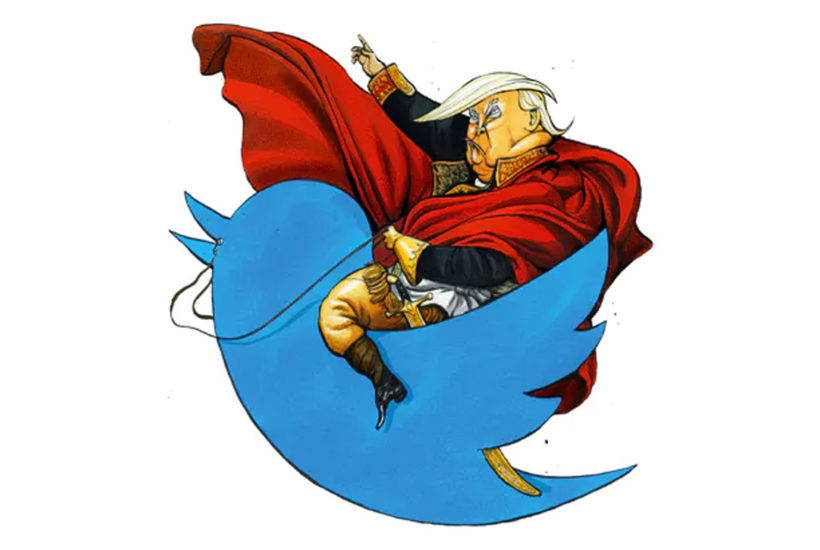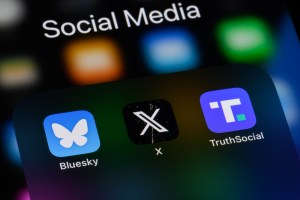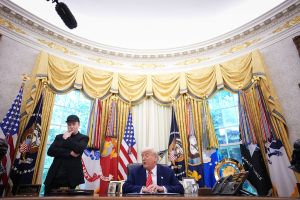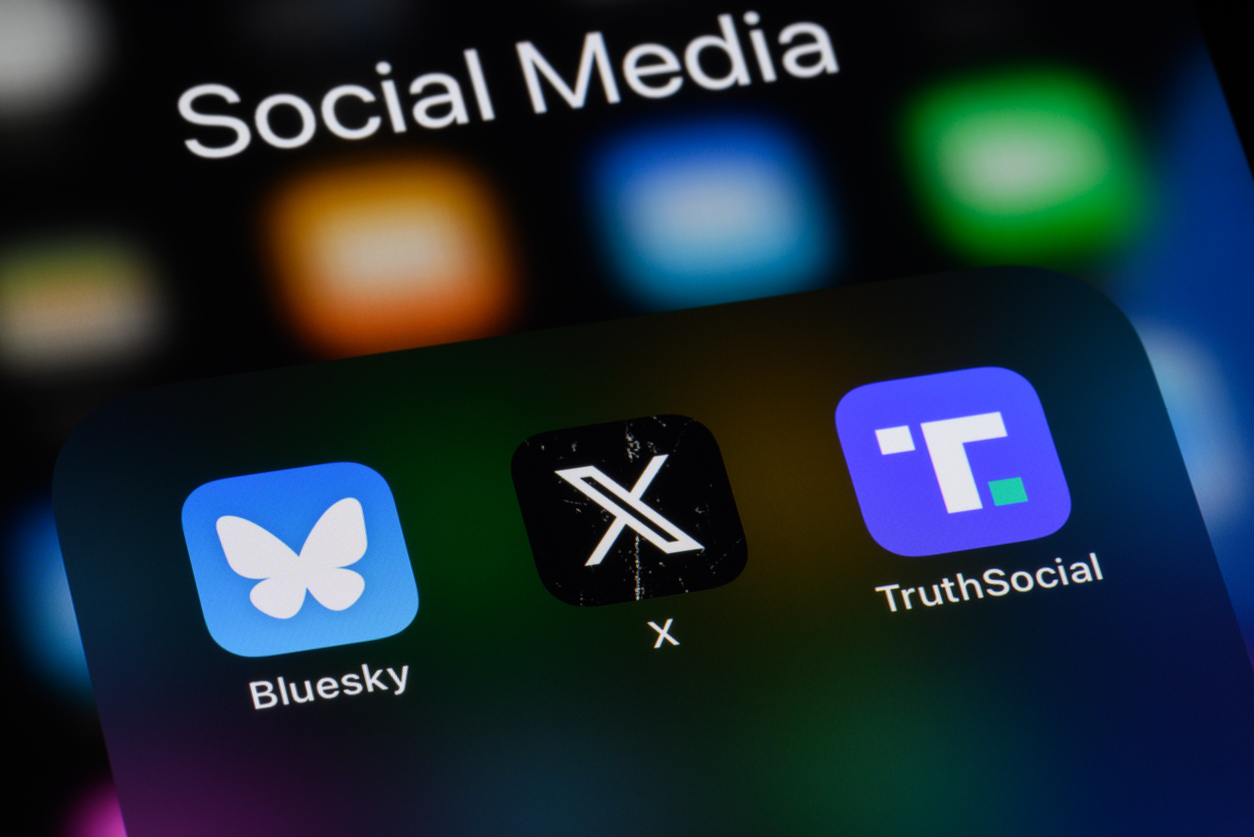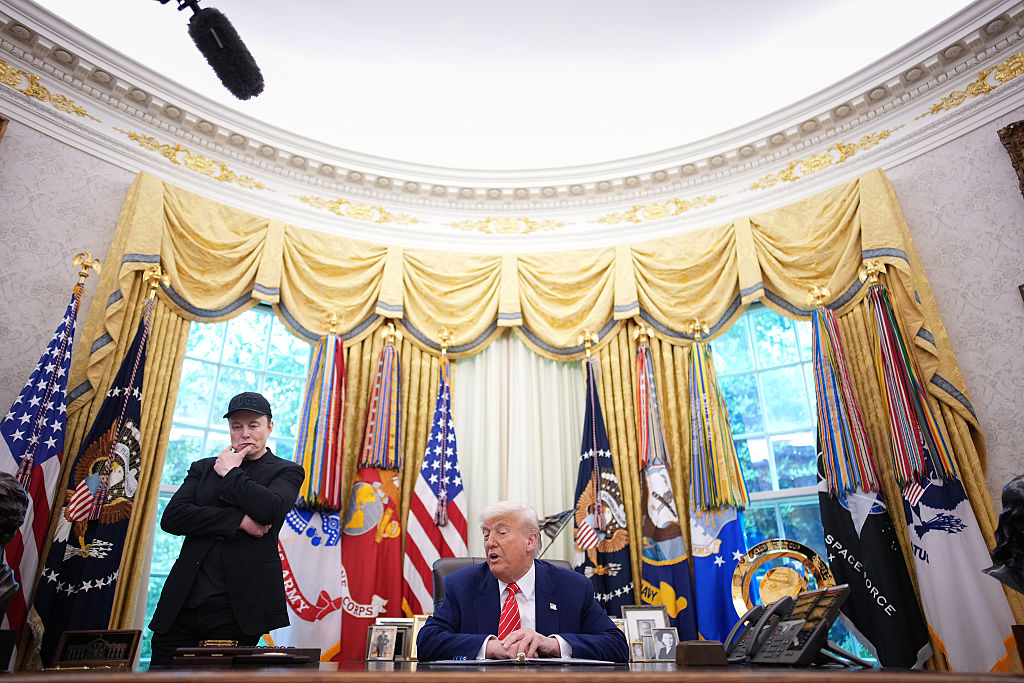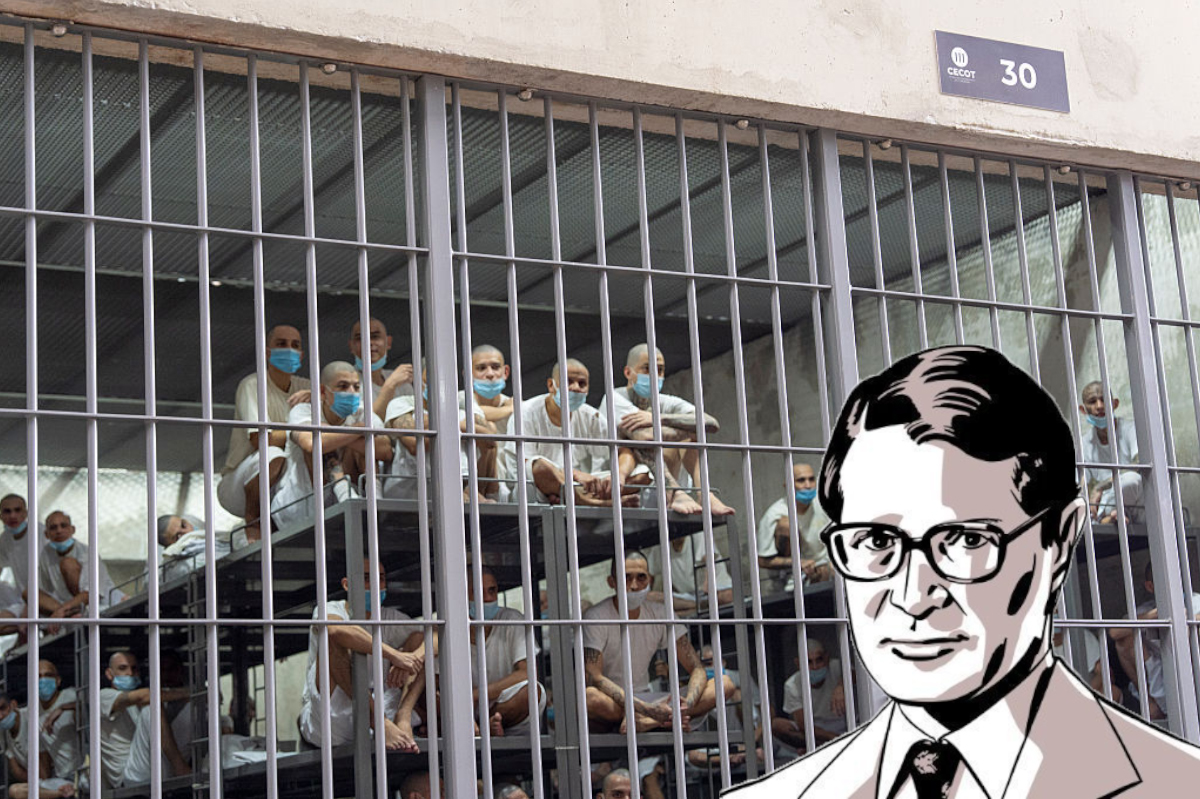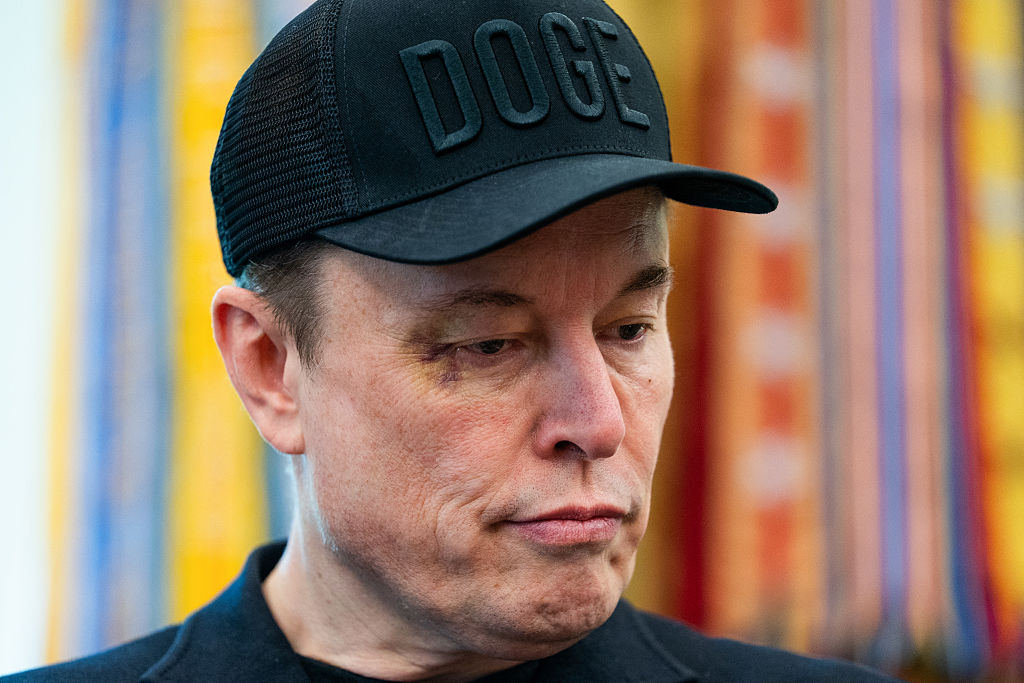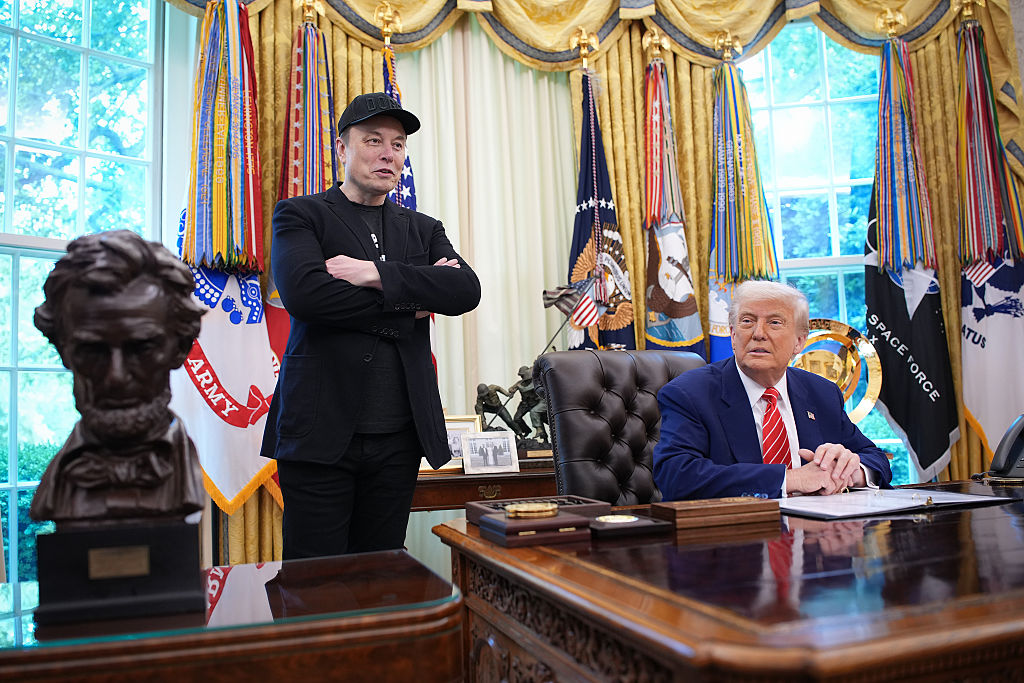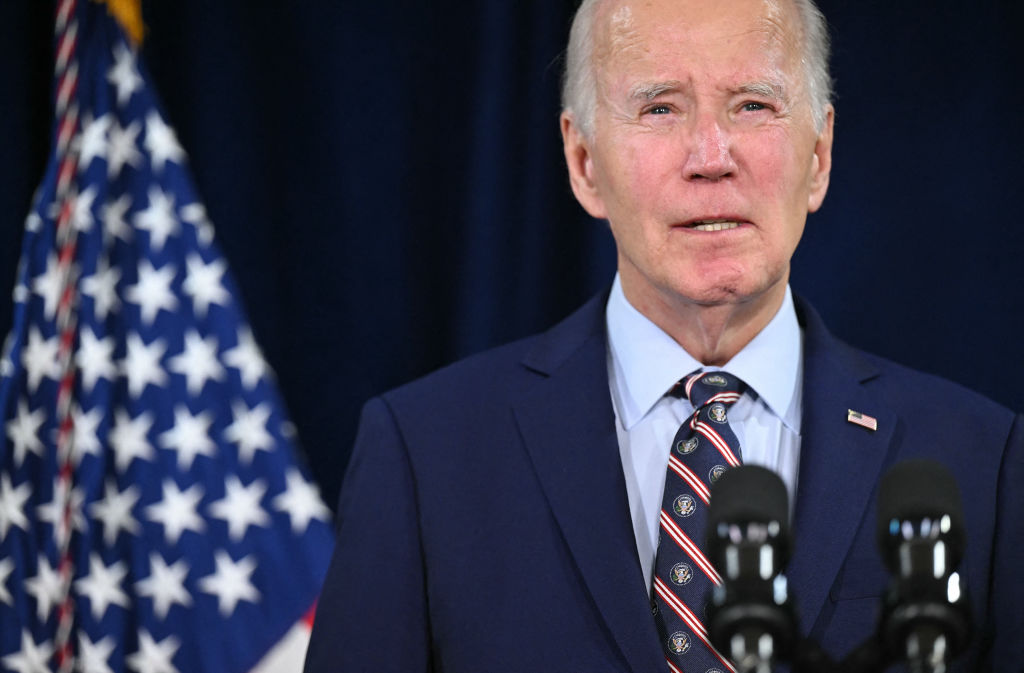When Tony Wang, general manager of Twitter in the UK, described the company as the ‘free speech wing of the free speech party’ he was expressing an ideal that would soon collapse.
This was in 2012, long before the prospect of a Donald Trump presidency was anything other than a flippant punchline in The Simpsons.
Six months after the 2016 election, Twitter’s co-founder Evan Williams expressed his regret for the part they played in securing Trump’s victory. The implication — that the decisions of the general public are shaped by bad actors who prey on their malleability, and it is the responsibility of technocrats to do something about it — is one that has since become depressingly familiar.
Trump’s new executive order, which seeks to remove legal protections from social media companies to encourage political neutrality, has been a long time coming. Although Twitter’s CEO Jack Dorsey has emphatically denied that content on the platform is moderated according to the politics of its users, the evidence suggests otherwise.
A detailed analysis by Richard Hanania for Quillette proves that politically active individuals are far more likely to be suspended or censored if they are right-leaning. His research shows that since May 2015 there has been a dramatic increase in suspensions of public figures on Twitter, in many cases clearly for ideological reasons.
Moreover, when Dorsey appeared before Congress in late 2018 he admitted that Twitter’s algorithms had unfairly filtered 600,000 accounts. This practice is known as ‘shadowbanning’ (although Twitter rejects the term) and is, to an extent, still in effect today. If you are familiar with the platform, you will have come across certain tweets which have been replaced with the message ‘This Tweet is unavailable’. This implies that the original post has been deleted, or that the writer has blocked you, but in many cases the content has been classified as sensitive and removed by moderators. When this has happened to my own tweets — usually jokes or political observations — I have never been informed that any action has been taken. That is editorializing by stealth.
Trump has been aware of these problems for a number of years, and has repeatedly threatened to do something about social media censorship. Unsurprisingly, it was only when Twitter interfered in his own account that the President took action. Earlier this week, Trump posted two tweets warning about voter fraud in the upcoming election. An anonymous editor at Twitter appended labels to each tweet to warn users that they were factually inaccurate. Many have since pointed out that this is a questionable assessment, with the Wall Street Journal noting that Trump ‘isn’t lying’ when he warns about the possibility of voter fraud. Given that similar fact-checking procedures have not been applied to prominent figures in the Democratic party, this was always bound to result in accusations of bias.
Trump’s executive order aims to clarify Section 230 of the Communications Decency Act, which had been introduced in 1996 to enable websites to moderate user posts — most obviously in the comment sections of the news media — but not be culpable for illegal content they fail to remove. In essence, this created a provision for social media companies like Twitter to operate simultaneously as publishers and platforms. Whenever Twitter has been sued for libelous content, the act has been cited in its defense. The executive order seeks to prevent companies from using Section 230 as justification for partisan editorializing.
***
Get three months of The Spectator for just $9.99 — plus a Spectator Parker pen
***
Trump has a point. Evidence for Twitter’s self-proclaimed political neutrality is meagre. Those enlisted to moderate content are overwhelmingly left-leaning and supportive of intersectionality and social-justice activism. In his book The Madness of Crowds, Douglas Murray notes that this bias is reflected even in the selection criteria for employees. Companies test applicants in order ‘to weed out anyone with the wrong ideological inclinations’. The major tech giants, Murray writes, employ ‘thousands of people on six-figure salaries whose job it is to try to formulate and police content’. Even if the filtering practices are only unintentionally partisan, the inherent political bias of the Silicon Valley workforce makes this outcome inevitable.
Trump’s executive order will be received with ambivalence by many American conservatives and libertarians. They will be nervous about the prospect of the regulation of private companies, but will nonetheless recognize that in a world in which social media is now the de facto public square, there is a need to uphold first amendment protections. Rather than weakening Section 230, some kind of Internet Bill of Rights should perhaps be considered in order to guarantee freedom of speech for social media users. As Stephen L. Miller has noted on this site, Mark Zuckerberg is right to argue that tech companies ‘shouldn’t be the arbiter of truth’; the public do not need to be patronized by Silicon Valley executives telling them what to think.
There is little doubt that Twitter is making the most of the protections afforded by the Communications Decency Act, behaving as an editor and publisher but with none of the legal responsibilities. Trump’s executive order is an inadequate solution to a complicated problem, and it is certain to be challenged in the courts. Until social media platforms make a concerted effort to redress their ideological biases, we all have good reason to be vigilant.



